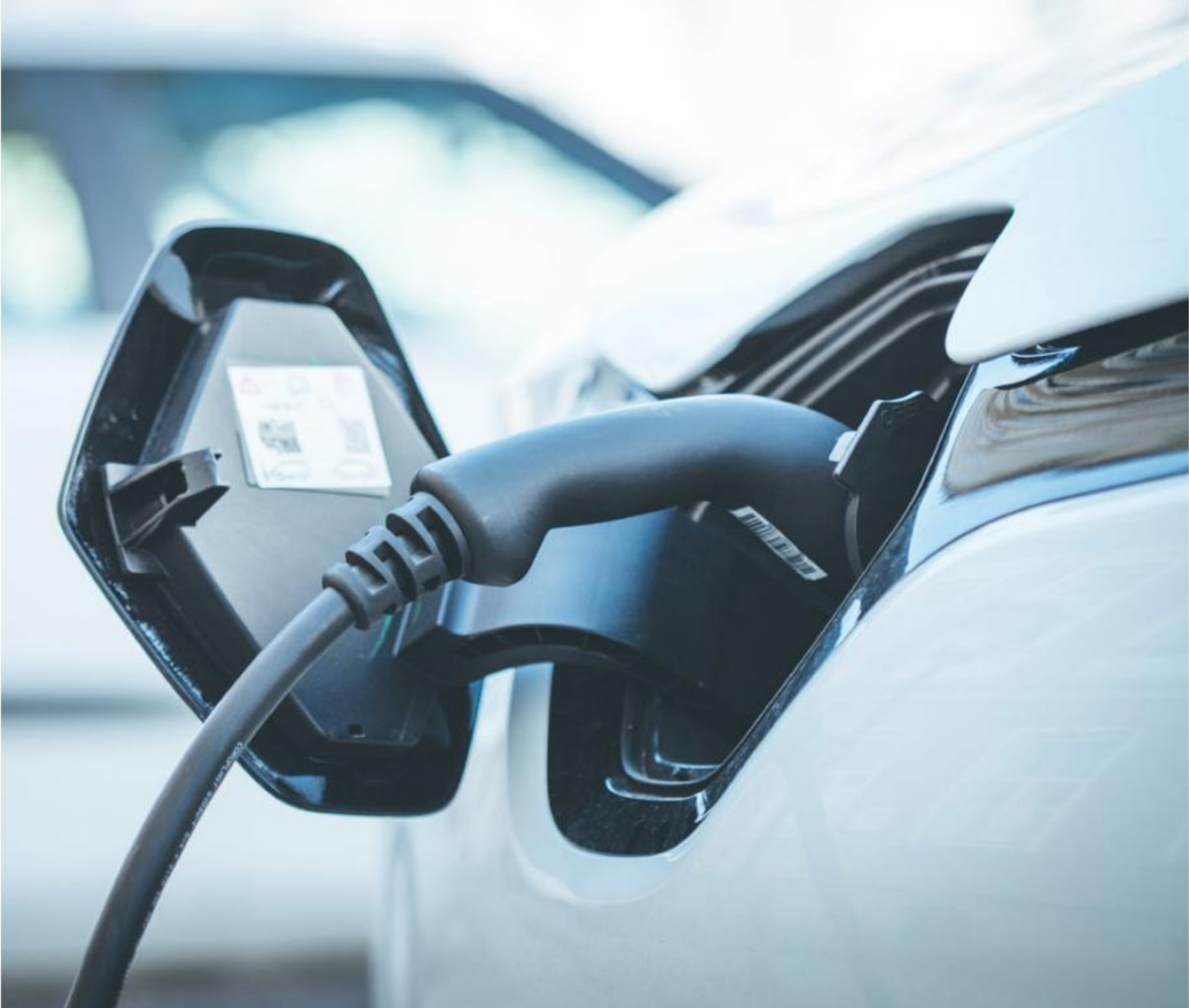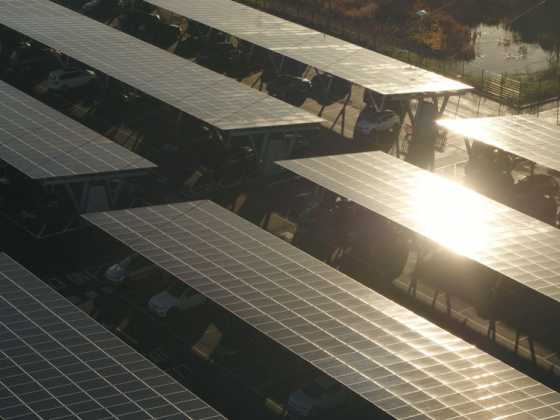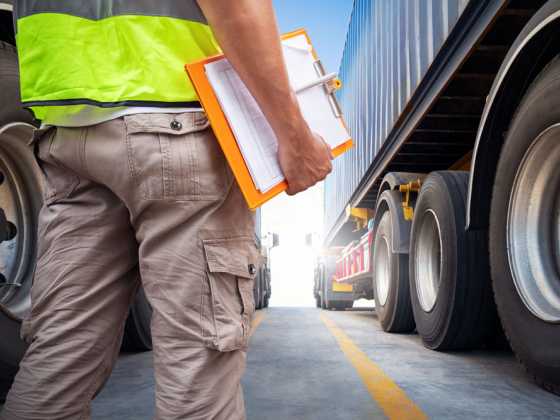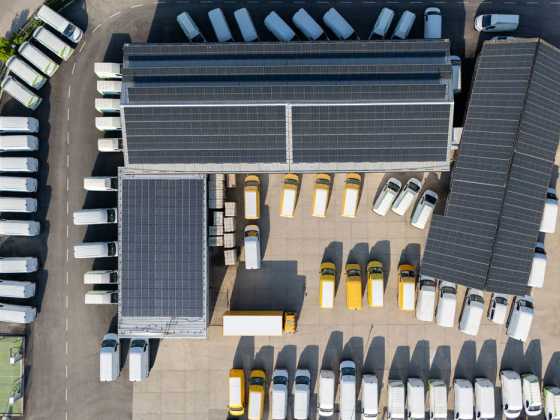Expert Panel: Electric Vehicles

Could air quality improvements seen during lockdown spur more organisations to consider a zero-emission fleet? Our expert panelists Lee Brown, Colin Ferguson and Peter Eldridge discuss this idea, as well as the impact tax and grant incentives has on boosting EV adoption
The coronavirus pandemic has shown that significantly reducing transport and manufacturing can have major benefits for the environment. Air quality has improved in cities across the globe, with London reporting drops of almost 50 per cent on its busiest roads.
During this pause to our usual lives, people’s awareness of how travel affects the environment has increased.
“The pandemic has caused people to stop and think,” comments Lee Brown, head of 0Zone at The Grosvenor Group.
“Air pollution has dropped to unprecedented levels across the world as major cities and countries impose lockdown measures.
“As we stay inside, the environment is temporarily changing, with wild animals photographed roaming the streets, images showing the water in Venice to be clear, and in places like Punjab in India, city residents saying they can now see the snow peaks of the Himalayas; a view that has been blocked by air pollution for decades.”
This heightened awareness of the link between transport and the environment could make drivers and fleet operators more open to the idea of a zero emission electric vehicle.
Colin Ferguson, Chief Executive Officer from The Algorithm People, comments: “Air quality will certainly be higher up the agenda than before and will influence buying decisions for both company car drivers and fleet managers.
“The two primary pressures on vehicle operators are to cut costs and emissions, and both those factors will remain in play during and after COVID-19.
“However, companies will be conserving cash after the impact of the coronavirus, so they also need to be more creative in how they can cut carbon from their fleets of diesel and petrol vehicles. Route optimisation software is a proven way to reduce total fleet mileage, thereby reducing carbon emissions and saving money which can be reinvested in EVs.”
Peter Eldridge, Director of the Association of Fleet Professionals, cautions that any such intentions to move to electric vehicles could be hampered by the availability of such vehicles. He says: “There is no doubt that the COVID-19 lockdown has resulted in a sudden improvement in air quality and the majority of fleet operators would, of course, ideally like to use this as a springboard for accelerating their path towards a greener future. However, the reality is that they will be hampered by the availability of ultra-low emission vehicles, something that was already affecting environmental targets prior to the pandemic.
“The shutdown in production by all vehicle manufacturers has done nothing to improve the lengthy vehicle lead times, specifically for low and ultra-low emission vehicles.”
Getting the country moving
As the UK prepares to get its economy moving again, work patterns and commutes are being looked at in an effort to avoid too many people at work or on public transport at any one time.
But interestingly, this may see a surge in car use as people avoid public transport or other mobility options, such as car sharing.
“Due to COVID-19, we have all experienced an unexpected global work-from-home experiment and this has encouraged many businesses to consider future travel arrangements moving forwards,” comments Lee Brown.
“Interestingly, this could result in more people using their cars to get from A to B, as it offers protected personal space to travel in. We may also see less car sharing as people are anxious of others joining them in a confined space, or can no longer travel together because they work at different times of the day.”
But as people look to replace meetings with conference calling for the foreseeable future, this could result in people’s daily mileage being reduced. Lee believes that this could make electric vehicles a viable option for more people.
He explains: “Now that we have grown accustomed to online meetings, many people will challenge the need to drive long distances when they can meet with a click of the mouse – avoiding losing a day of work to attend a two hour meeting. And if conference calls are replacing those longer distance meetings, the EV battery range issues are suddenly less of a concern which, alongside other incentives, could be the trigger that sparks a surge in EV uptake.”
New tax benefits
As of April 2020, the Benefit-in-Kind tax rate for full battery electric vehicles was reduced to 0% for tax year 2020-21.
Company car drivers will then pay 1% in 2021-22 before returning to the planned 2% rate in 2022-23. How will this drive demand for electric company cars and has the pandemic hampered the expected boost in demand?
Lee Brown said: “The environmental benefits from lockdown coincide with a benefit in kind tax regime that hugely incentivises the uptake of electric vehicles and could enhance the boost in demand.
“We have been working with customers to look at whole life costs of electric vehicles and the financial benefits during the course of a typical three year cycle make them a mouth-watering proposition to both company and driver. If drivers are likely to use video technology more, hence reducing their travel, it could mean battery electric vehicles are seen as the perfect option.”
The limited availability of such vehicles caused by the shutdown of vehicle manufacturing plants however could mean demand outstrips supply. Peter Eldridge explains: “The situation regarding Benefit in Kind tax rates for BEVs is a bit like opening a sweet shop with no sweets. On one hand, employees can see the obvious benefit of potentially experiencing savings of 95% or more over a four-year period by choosing an EV as their next company car instead of, say, a diesel of comparative value. On the flip side, the availability of ultra-low emission vehicles has been negatively affected by the global shutdown of vehicle production and this means that demand will outstrip supply for the immediate future.”
Peter continues: “Fleet operators will be under immense pressure to fulfil the demand and plan for the impact that this will have on their company car policies. What will probably happen is that they will have to perform a juggling act and maintain a ‘blended’ approach that will align the best available mix of powertrain options from BEVs, other ultra-low emissions options, and petrol and diesel.”
While the tax benefits are enticing, the economic downturn caused by the pandemic may mean businesses are more cost-conscious when making purchasing decisions. Colin Ferguson says: “Companies will certainly be more cautious about investment at the moment. Therefore, it is up to the industry as a whole to build the business case for them, to show them that EVs can deliver a strong financial return on investment as well as an environmental one. The ability to analyse fleet data to provide hard evidence on how an organisation should deploy EVs will become even more valuable.”
Grants
Incentives to drive the adoption of electric vehicles is vital. While the vehicles, technology and infrastructure remains costly, grants and incentives help drive the market, which in turn will help drive purchase prices down.
But as the market grows and evolves, monetary incentives reduce.
In the 2020 Budget, the UK government reduced the workplace charging grant from £500 to £350 per socket and has reduced the plug in car grant by £500.
With the government under pressure to meet net zero carbon targets, should they be reducing incentives to purchase EVs?
“It may be a bit too soon to be reducing these types of grants,” comments Lee Brown. “However the £500 charging grant was for up to 20 sockets, and the £350 is for 40 sockets and so it’s encouraging greater volumes.
“In May we also saw the Government doubling the funding available for on-street residential charge points to encourage greener forms of travel as lockdown restrictions are lifted.
“Transport secretary Grant Shapps said the Government will commit a further £10 million to the scheme, allowing local authorities to install up to 7,200 devices.
“The funding had already doubled from £5m to £10m in January 2020.
“In my mind they are clearly using grants tactically to encourage electric vehicle uptake in both the business and consumer sectors, and the reality is it’s not a bottomless pit of money and so they have to target the grants where they will see most impact.”
Peter Eldridge says that while it unfortunate that the grants have been reduced, whole life costs are more of a focus when fleets acquire vehicles. He explains: “Any contribution towards promoting these vehicles is welcome but fleets tend to acquire cars on a whole life cost basis, so the story is more about the running costs or the lease rates over the life of the vehicle. These are becoming much more competitive for both BEVs and plug-in hybrids, and the grant reductions will probably have a limited impact on corporate uptake of these kinds of vehicles, which is going to be more about availability in the medium term. The incentive that the Government is offering in terms of zero Benefit in Kind taxation for drivers is much more important.”
The industry has a role to play in incentivising electric vehicles, especially as government grants dry up. Colin Ferguson explains: “A sliding scale of incentives is to be expected as the EV market develops and grows; and smarter solutions can fill this gap. It is up to suppliers in this sector – from charging installers to optimisation software specialists – to work together and combine their offerings to give clients an even better customer experience. That will drive further demand. We would therefore love to see Government funding for demonstrator projects, where selected fleets can trial some of these integrated or combined solutions in order to confirm the benefits they can deliver.”
EVs during lockdown
With many businesses working from home during lockdown and not using their vehicles as much, drivers should make sure their electric vehicles remain in optimal condition while stationary.
Lee Brown shares some advice: “We would recommend drivers ensure that the battery is charged to at least 80%, if it’s likely to be left stationary for a prolonged period of time. If the car is left for a long period with a low charge drivers’ risk potential damage to the battery with the chance of reduced range or capacity.”
But it’s important to strike a balance, warns Lee: “Neither do you want to overcharge it, nor charge it unnecessarily for the occasional short journey, and do not leave it charging on 100% as this could also cause damage.
“It is important that BEV vehicles are still switched on once every two weeks the same as ICE vehicles to make sure the batteries haven’t gone flat, even if this is just for a couple of minutes each time. Every battery and manufacturer is different and our advice is to refer to the owner’s manual as to what the manufacturer recommendation is.”
Peter Eldridge adds further advice: “The heart of any electric vehicle is its battery and power drain is one of the more noticeable side effects if a BEV remains parked for an extended period. This drain is a slow reduction in lithium ion battery energy caused by onboard systems that stay active while a vehicle is not in use, such as security systems and low-level computer systems. This can be easily remedied by the adoption of regular charging intervals while the vehicles are standing for longer than normal periods and, assuming that re-charging in the home location is available, there should be no issues. Clear guidance regarding this subject must be provided by fleet operators for BEV drivers."
Expert panelists:
Lee Brown, head of 0Zone, The Grosvenor Group
Lee Brown is head of 0Zone, the Grosvenor Group’s innovative and market leading solution to help companies navigate their way smoothly towards ultra-low emission and electric vehicles. Lee is also finance director of Interactive Fleet Management, the Grosvenor Group’s specialist fleet management business, which means he brings a perfect balance between how fleets can drive down their emissions and the financial implications of policy setting. Lee joined the Grosvenor Group in 2001, became finance director of Interactive Fleet Management in 2012 and is well-known for his clear and inciteful advice for companies with car and light commercial vehicle fleets.
Colin Ferguson, chief executive officer, The Algorithm People
The Algorithm People was launched in April 2019 by Colin, who pioneered the use of algorithms in the fleet sector with his last company Route Monkey and saw him recognised as one of the most influential figure heads in fleet within the GF100. The Algorithm People has now secured £500,000 of investment to develop ‘My Transport Planner’, which allows organisations to increase vehicle utilisation, cut costs and reduce emissions.
Peter Eldridge, director, The Association of Fleet Professionals Ltd
Starting at Fiat Auto UK in 1963, Peter has enjoyed a successful fleet industry career that has encompassed almost every aspect of customer service and technical support, including spells as the manager of a large blue-chip fleet operation as well as senior management positions within franchised motor trade, contract hire, leasing and accident management. Peter sits on the board of the ICFM and, following the creation of the new, merged organisation in March, 2020, also of the AFP. He was inducted as an honorary fellow of the ICFM in 2011 and is regarded as one of the organisation’s strongest lead tutors.






